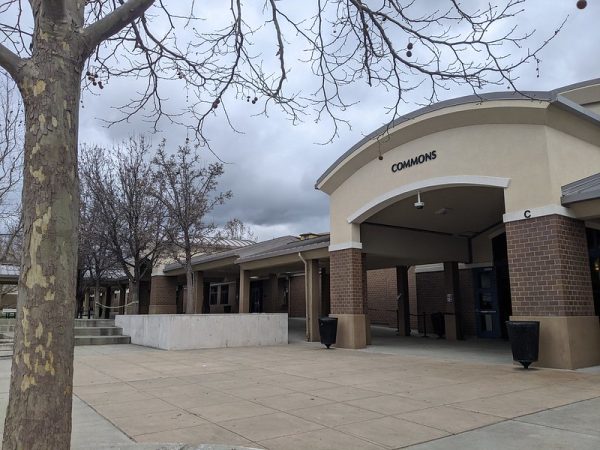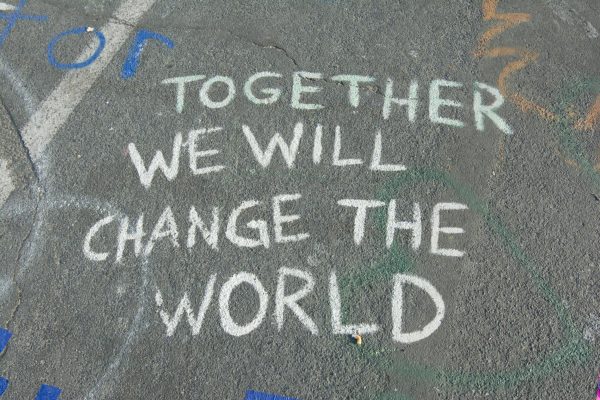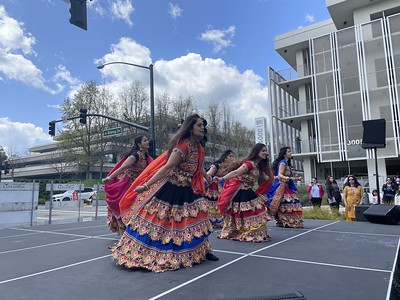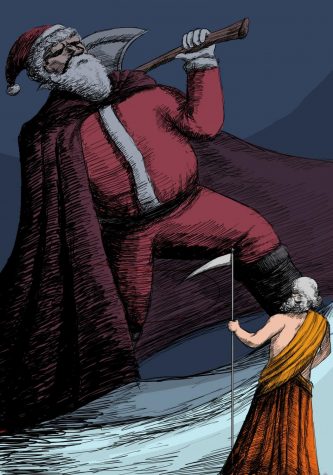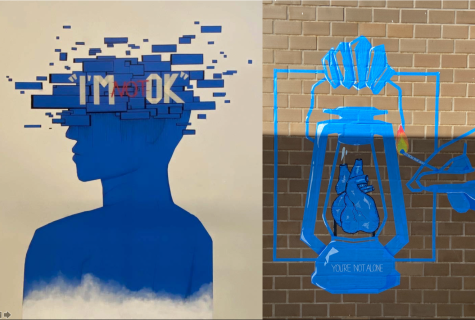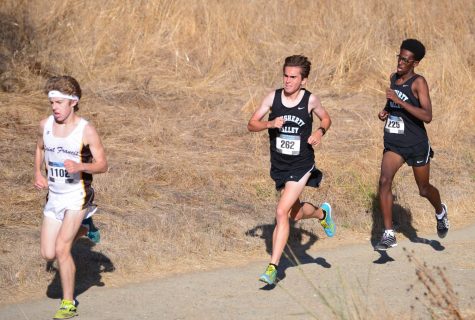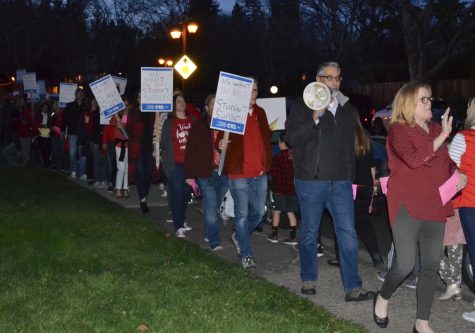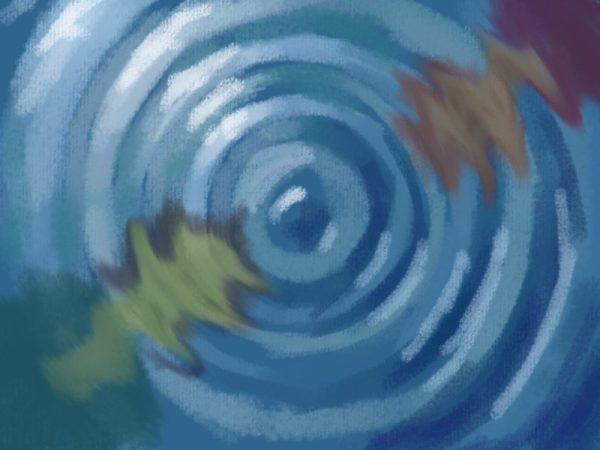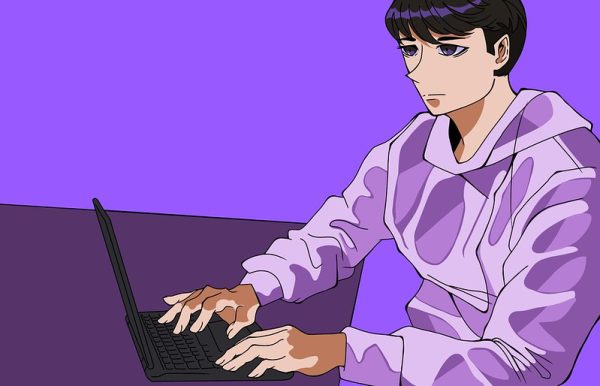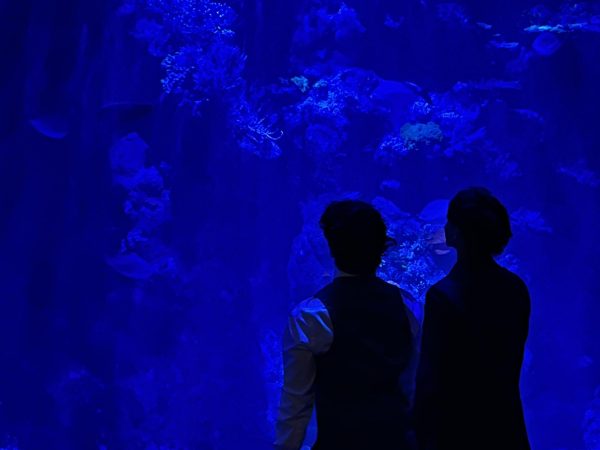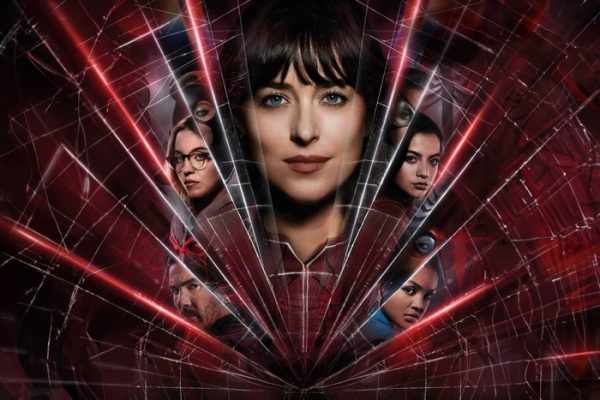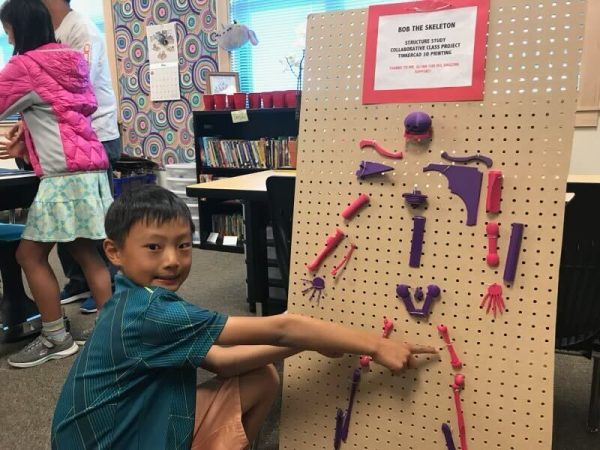Leadership ponders the death of school dances
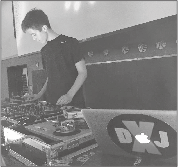
This year Dougherty sold over $33,000 worth of Homecoming Tickets. So why do we only have one dance left this year?
Last year it was ‘Sadie’s in Spring’. The year before, ‘Fire and Ice’. Before that, it was ‘Reverse Universe’ and ‘Neon Lights’. But despite the ever-changing themes, one thing tied all the Spring Dances together: lackluster attendance.
Preparation for the all-grades Spring Dance followed the same pattern for years. The date of the dance was set about a year in advance and placed on the school calendar. About a month before the dance, one of the underclassmen officers, usually a freshman, was delegated the task of making the event happen. Dance ticket design, pricing, refreshments, music and lighting were ordered. While never intended to match the scale of an event like the Homecoming dance, the Spring Dance was the only dance in the second semester open to all grade levels. For the freshmen class, the Spring Dance was the biggest opportunity to raise money, the most profitable solo endeavor of the entire year.
It was also the most volatile. Dougherty administration sets a minimum attendance for dances, a number that usually hovers around 200. This was the headcount that, after factoring in the cost of the custodial staff and teacher chaperones, made an event still worthwhile financially and socially.
Except Dougherty rarely made that benchmark. The ticket sales consistently peaked around 175. The problem, in part, came from students’ tendencies to purchase tickets near the later half of the week, leaving the planning committee anxiously wondering whether or not the dance would be cancelled. Ticket sales ideally ended the day before the dance, which was usually a Thursday. However, ticket sales were often pushed to Friday for the Spring Dance, and even the night of the event.
Admin tended to turn a blind-eye to numbers that almost made the cut-off. Dan Bowen, Dougherty’s Leadership teacher and Student Activities Director, clarifies, “Administration saw how hard students were working to prepare for the dance and they didn’t want their hard work to be in vain.”
Late last April, that policy changed. For the first time, administration laid down the law. Two days before the May 2 event, the freshmen officers received the bad news: the dance was cancelled.
Kelsey Kim, the current sophomore president and a former member of last year’s ill-fated Spring Dance committee, put it bluntly: “The reason it got cancelled was due to low turnout.”
By this point, most of the decorations and refreshments had already been ordered. Over $500 worth of tickets had to be refunded.
So this year, instead of trying to get back on the dance floor, Leadership decided to cancel the Spring Dance altogether. This, combined with the cancellation of the Winter Formal, means that there is only one dance left this school year — prom — an event that only upperclassmen, or those lucky enough to snag upperclassmen dates, can attend.
Kim believes that this apathy that led to the cancellations is Dougherty-specific. “The culture at Dougherty Valley … is very academically-driven and a lot of times people just don’t have time to go to these events. But I feel like that’s kind of an excuse.”
Bowen agrees with this sentiment. Along with Dougherty’s focus on academics, he also cites a general culture shift as the main source of Dougherty’s dance apathy.
“I think there are so many other ways for people to entertain themselves now. I think in the past when pre-internet, pre-social media, pre-tech, it was an opportunity for people to come together and listen to music together, socialize together. There’s so many ways to do that now … [and] I think that has contributed to the death of school dances.”
If the change really is simply due to a digital or social shift, then events or promotions involving internet, social-media and tech should be popular. And indeed, DVHS Leadership has made purposeful strides into the world of social media. Recently, Leadership introduced dvhsseniors.com and dvhsfreshmen.com to keep students updated. School rallies often involve a social media challenge, such as at the Winter Rally last year where students won prizes by tweeting the correct lyric to a holiday song.
To some extent, the promotions have worked. At the time the Tribune went to print, Dougherty’s Facebook, Twitter and Instagram accounts had 278, 936 and 1,809 followers, respectively.
But even Dougherty events that utilize social media or involve minimal time commitments are often ignored by the majority of students. This year’s Homecoming Court nominations, which took place by votes through a Google Form and LoopMail, are a prime example. Voter participation was less than 10% of the student body. The joint Interact and Leadership-sponsored Wheelchair Foundation fundraiser held last Spring generated only $0.53 per student out of a $2.50/student goal. This number represents a school of over 2,000 students located in the city lauded a year prior by the Huffington Post as the richest in America.
The blame is not entirely on Dougherty’s culture. Cal High cancelled their Back to School dance last year because of low turnout and Monte Vista cut the number of their dances in 2011.
The real question the decline of school dances brings about is who exactly does the responsibility of school spirit rest on? Many consider Leadership responsible for undertaking this effort.
Bowen mostly agrees with this sentiment.
“I think each year it’s important to have Leadership basically … build the brand of Dougherty, and to put opportunities out there where the brand is in public … [But] I don’t think you can force people to be spirited. I think you can set that example, but you can’t force someone to [participate].”
Kim agrees. “I’m walking around just throughout my day, not in Leadership, and I’ll hear people say, ‘our class is so unspirited’ … But then these people don’t go to these sort of events. I say, ‘Hey, you should do this,’ [and they respond] ‘No, I don’t want to do that, my class is so unspirited’. But [the spirit] comes from people taking initiative and going to these things. You are the class. You are the school … So it’s what you do.”
But even if Leadership doesn’t accept full responsibility for Dougherty’s spirit, there has been a significant attempt to rebuild the “Dougherty brand”, as the social-media campaigns have proven. Bowen doesn’t believe that poor attendance at school dances is a trend that will change, but he is open to creating new events at Dougherty to replace the dances.
The yearly Mr. Wildcat held in May is a prime example. Mr. Wildcat is an event that celebrates “the many skills and abilities of the senior class”. It is a half-serious pageant held annually in May that relies heavily on a combination of humor and eye-candy to attract its audience.
Last year, the event sold 800 tickets, well above the theater’s 650-person capacity. Audience members were watching from the aisles. This is the spirit and participation Leadership is looking to capture.
Bowen explains, “This year we’re looking at how [to] provide other outlets for the students who maybe don’t want to go to a dance but still want to get together socially … I don’t want to ever have it … where we have tradition so ingrained in what we do that we won’t reinvent the wheel.”
Although the cancellation of a two dances is unfortunate for Leadership students, the class has a generally positive outlook on the future. Canceling the dances will allow Leadership to alter its response to the wants and needs of Dougherty students.
If there’s one thing that is certain, it’s that dances won’t disappear entirely. Not when events, like last month’s Homecoming, can still sell 1,285 tickets.
As Kim points out, “It’s not the dance that’s fun … it’s going with your friends.”
So, even though in the short-run the cancellation of the dances seemed to be reactive rather than responsive, Kim believes it is for the best.
“I think it’s definitely needed after last year. And I think people need to value the dances more, and the work that goes into it.”
“The past two years in particular have demonstrated that dances aren’t a big [part of] our school culture, but … there are events that are, and it’s using that momentum to get somewhere that …” Bowen trails off.
Instead of speaking, he opens Spotify and puts on “Human” by The Killers.
“You’ve gotta let me know
Are we human or are we dancer?
My sign is vital, my hands are cold
And I’m on my knees looking for the answer
Are we human or are we dancer?”


